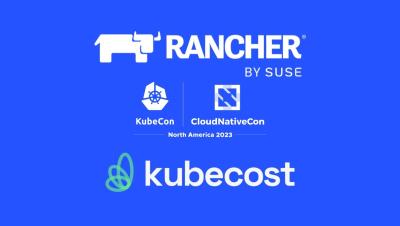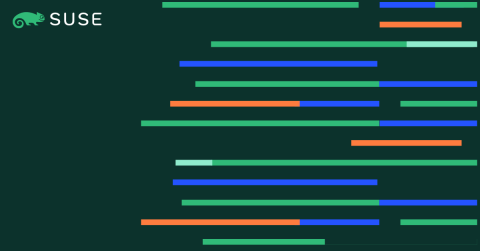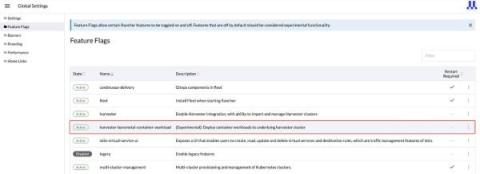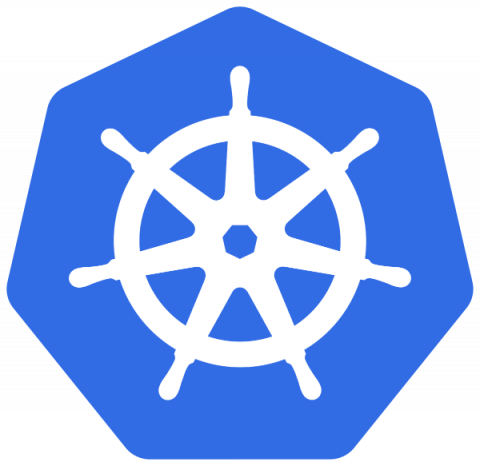Operations | Monitoring | ITSM | DevOps | Cloud
Rancher
Unveiling Rancher 2.8 and Rancher Prime 2.0: Advancing Interoperability and Efficiency
The Rancher by SUSE team has been dedicated to fortifying the Rancher platform to be the most interoperable and adaptable platform for our customers and the wider community over the past year. In late 2022, we introduced the ‘Extensions Catalog.’, and earlier this year at KubeCon Europe in Amsterdam, we revealed our Rancher UI Extensions framework. Continuing this momentum, we are thrilled to announce the release of Rancher 2.8 and Rancher Prime 2.0.
Rancher Desktop 1.11: Introducing Snapshots, Container Dashboard and More
We are delighted to announce the release of Rancher Desktop 1.11.0! This update comes with new features, Snapshots and the Container Dashboard, along with other important bug fixes.
Master Class: Deep Dive with SLE BCI
What is new in Rancher Desktop 1.10
We are delighted to announce the release of a new version of Rancher Desktop. This release includes significant enhancements to features such as Deployment Profiles, mount types support, networking proxy configuration, and other important bug fixes.
Announcing the Harvester v1.2.0 Release
Ten months have elapsed since we launched Harvester v1.1 back in October of last year. Harvester has since become an integral part of the Rancher platform, experiencing substantial growth within the community while gathering valuable user feedback along the way. Our dedicated team has been hard at work incorporating this feedback into our development process, and today, I am thrilled to introduce Harvester v1.2.0!
Getting Started with Cluster Autoscaling in Kubernetes
Autoscaling the resources and services in your Kubernetes cluster is essential if your system is going to meet variable workloads. You can’t rely on manual scaling to help the cluster handle unexpected load changes. While cluster autoscaling certainly allows for faster and more efficient deployment, the practice also reduces resource waste and helps decrease overall costs.
Advanced Monitoring and Observability Tips for Kubernetes Deployments
Cloud deployments and containerization let you provision infrastructure as needed, meaning your applications can grow in scope and complexity. The results can be impressive, but the ability to expand quickly and easily makes it harder to keep track of your system as it develops. In this type of Kubernetes deployment, it’s essential to track your containers to understand what they’re doing.
Efficient Kubernetes Cluster Management: Building Infrastructure-Agnostic Clusters with Cluster API
With the widespread adoption of Kubernetes, the Cloud Native Computing Foundation (CNCF) ecosystem has evolved to include projects that address the challenges of using a container orchestrator system. One such challenge is managing and deploying clusters, which can become complex as organizations scale their Kubernetes requirements. Fortunately, Cluster API (CAPI) provides a solution.
What's new in Longhorn 1.5
Longhorn version 1.5 has been released, along with the latest patch. This release includes a number of new features and improvements that can benefit users. Here are some of the highlights.








